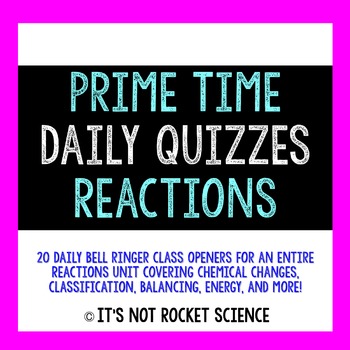
Comet Neowise wows stargazers and early risers within the northern hemisphere because it travels past Earth, though Australian enthusiasts will sadly miss out. A flock of ‘socially-distanced’ galahs turns into an unlikely supply of inspiration for hundreds of individuals around the world, however specialists say there may be extra to this feathered formation than meets the eye.
A solar probe constructed by NASA and the European Space Agency delivers the closest photos ever taken of the Sun’s floor, revealing tiny explosions on the floor called nanoflares. Three new spacecraft are launching to Mars this month and each of them will test new applied sciences within the race to succeed in the Red Planet subsequent 12 months, on a quest to search out proof of past life. We clarify the missions and why July is the month to journey.
Coronavirus News Roundup, July eleven-july 17
The planks on this “woodpile” design are a mere 30 nanometers apart from each other. Frederik Mayer and Martin Wegener of Karlsruhe Institute of Technology, and their co-staff built this tiny object using a new material for 3D printing. Xiaohu Gao from the University of Washington and colleagues combine two highly effective applied sciences; quantum dots and a technique for amplifying the fluorescence given off by imaging molecules, called sign amplification by change response (SABER).
This SEM image comes courtesy of Roey Elnathan and Nicolas Voelcker at Monash University, and their co-workers, demonstrating using vertical silicon nanotubes (SiNTs) to control cell progress and gene enhancing through intracellular delivery of small molecules. The giant scale bar represents 10 µm, while the dimensions bar within the inset represents just 2 µm.
Ebony McIntosh devotes her time — and her house — to take care of sick and injured microbats. She explains what’s concerned in bat rescue and why she is so enthusiastic about saving these animals. Experts say despite recent headlines we nonetheless do not understand how lengthy our immunity to COVID-19 lasts and they’re nonetheless optimistic about a vaccine. This edition of Pioneers in Science celebrates physicist Wilhelm Röntgen, winner of the 1901 Nobel Prize in Physics for his discovery of “a brand new sort of ray”.
